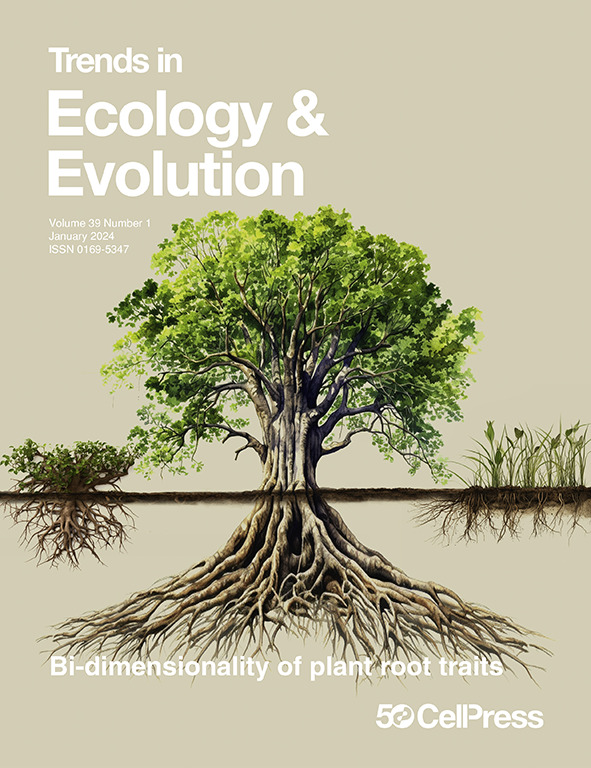入侵物种根除标准。
IF 17.3
1区 生物学
Q1 ECOLOGY
引用次数: 0
摘要
入侵物种管理传统上区分根除和抑制状态,但也存在中间的“消除”。根除是去除原有物种和再入侵者,而消灭是去除原有物种,但保留非繁殖性再入侵者。相比之下,镇压只是减少居民的数量,并不区分再入侵者。本文章由计算机程序翻译,如有差异,请以英文原文为准。
Invasive species eradication standards.
Invasive species management traditionally distinguishes states of eradication from suppression but an intermediary 'elimination' also exists. Whereas eradication is removal of both residents and reinvaders, elimination removes residents but non-breeding reinvaders remain. By contrast, suppression is only a reduction in the number of residents and does not distinguish reinvaders.
求助全文
通过发布文献求助,成功后即可免费获取论文全文。
去求助
来源期刊

Trends in ecology & evolution
生物-进化生物学
CiteScore
26.50
自引率
3.00%
发文量
178
审稿时长
6-12 weeks
期刊介绍:
Trends in Ecology & Evolution (TREE) is a comprehensive journal featuring polished, concise, and readable reviews, opinions, and letters in all areas of ecology and evolutionary science. Catering to researchers, lecturers, teachers, field workers, and students, it serves as a valuable source of information. The journal keeps scientists informed about new developments and ideas across the spectrum of ecology and evolutionary biology, spanning from pure to applied and molecular to global perspectives. In the face of global environmental change, Trends in Ecology & Evolution plays a crucial role in covering all significant issues concerning organisms and their environments, making it a major forum for life scientists.
 求助内容:
求助内容: 应助结果提醒方式:
应助结果提醒方式:


